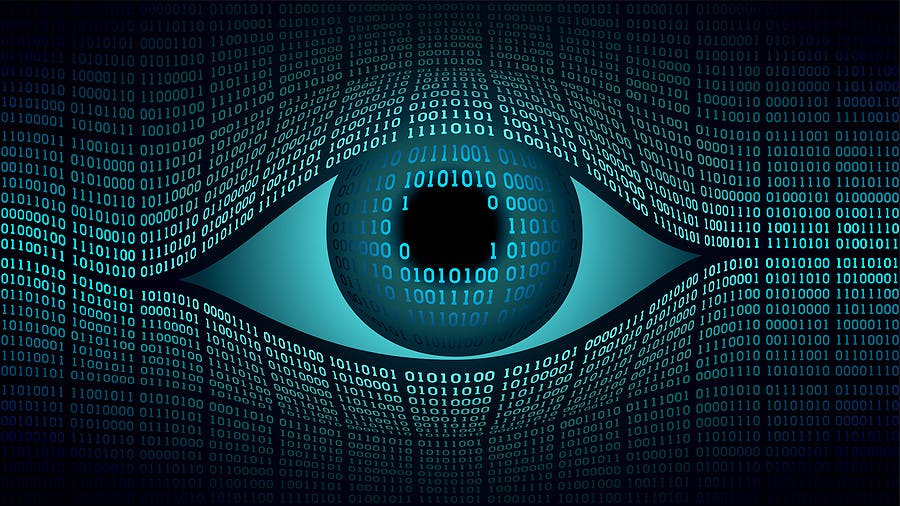Managers used to be able to monitor employees by literally keeping an eye on them. Whether this really was an effective way to judge performance, the fact remains that it made managers feel comfortable. And now that so many people work from home, there is a renewed interest in employee monitoring.
It’s possible that HR will not be involved in the decision to introduce employee-monitoring software. A business manager may decide the tech is needed, and IT will implement it. Mission accomplished.
The trouble is that employee monitoring can have a big impact on the employee experience. It may also run afoul of labor laws or an employee’s right to privacy. That means that, at the least, HR needs to get actively involved in setting policies around employee monitoring, even if they haven’t been asked to do so.
Types of Monitoring Technology
Many everyday tools provide a great deal of employee monitoring. A manager may ask employees to copy them on certain kinds of email and will have access to their calendar. A project management tool like Trello, Asana, or Monday may not be strictly necessary for running a small project, but the manager may insist on it to have visibility into what workers are doing.
What is more worrisome is what is sometimes called spyware, or for the more polite among you, “activity monitoring” (e.g., Time Doctor, Teramind). These tools have capabilities such as:
- Taking screenshots every few minutes
- Tracking time spent on various apps
- Checking websites employees visit
- Recording what searches they do
- Summarizing email usage by subject
- Reporting if people are using a USB
- Tracking keystrokes
One can understand why a manager might like to have this data. One can also understand why an employee, or potentially a lawyer, would feel giving managers access to such information is inappropriate.
What HR Should Do
First and foremost, HR has to ensure that any monitoring complies with labor and privacy laws, as well as various company policies. This is the big stick HR can wield to be sure it is part of any decision made on employee monitoring.
Almost as important, HR needs to ensure that before any monitoring is done, the organization balances the benefits of monitoring against the damage done to the employee experience. This brings important questions to the forefront:
- Why are we doing this? What’s the motivation?
- If we weren’t monitoring employees’ every move when they were in the office, why do we need to do it now?
- Surely, what matters is not activity but output, so why don’t we monitor that instead?
If the motivation is just that it makes some managers more comfortable, that’s likely not an adequate reason to damage the employee experience. If the manager’s real concern is outrageous slacking (e.g., an employee watching Netflix all day), then perhaps there is a way we can monitor for that without subjecting all employees to intrusive monitoring all the time.
The takeaway is that managers may be making poor decisions around employee monitoring since they are uncomfortable with remote work. HR needs to be proactive in setting and enforcing policies so that employee monitoring is only used in an appropriate way.
